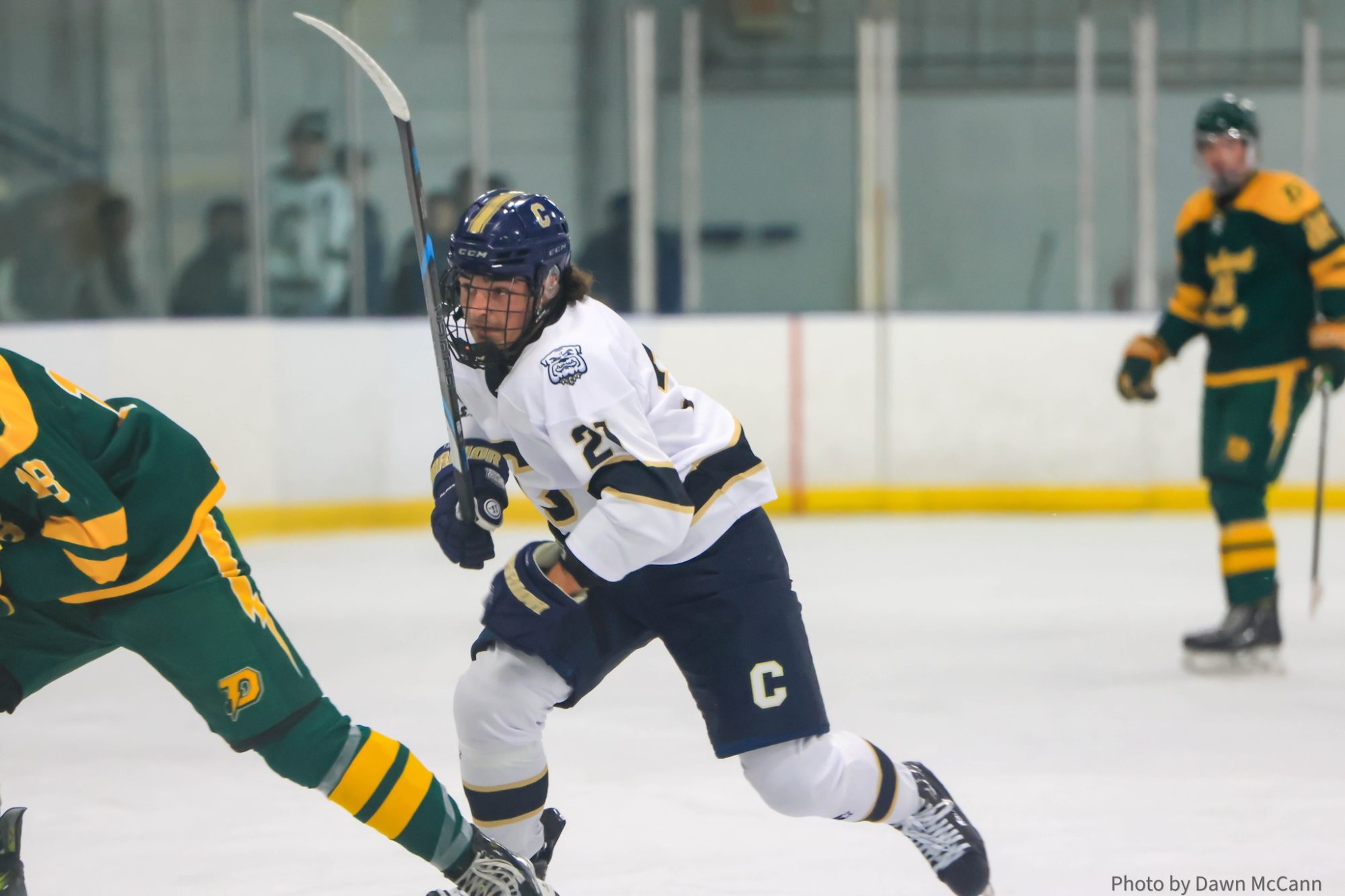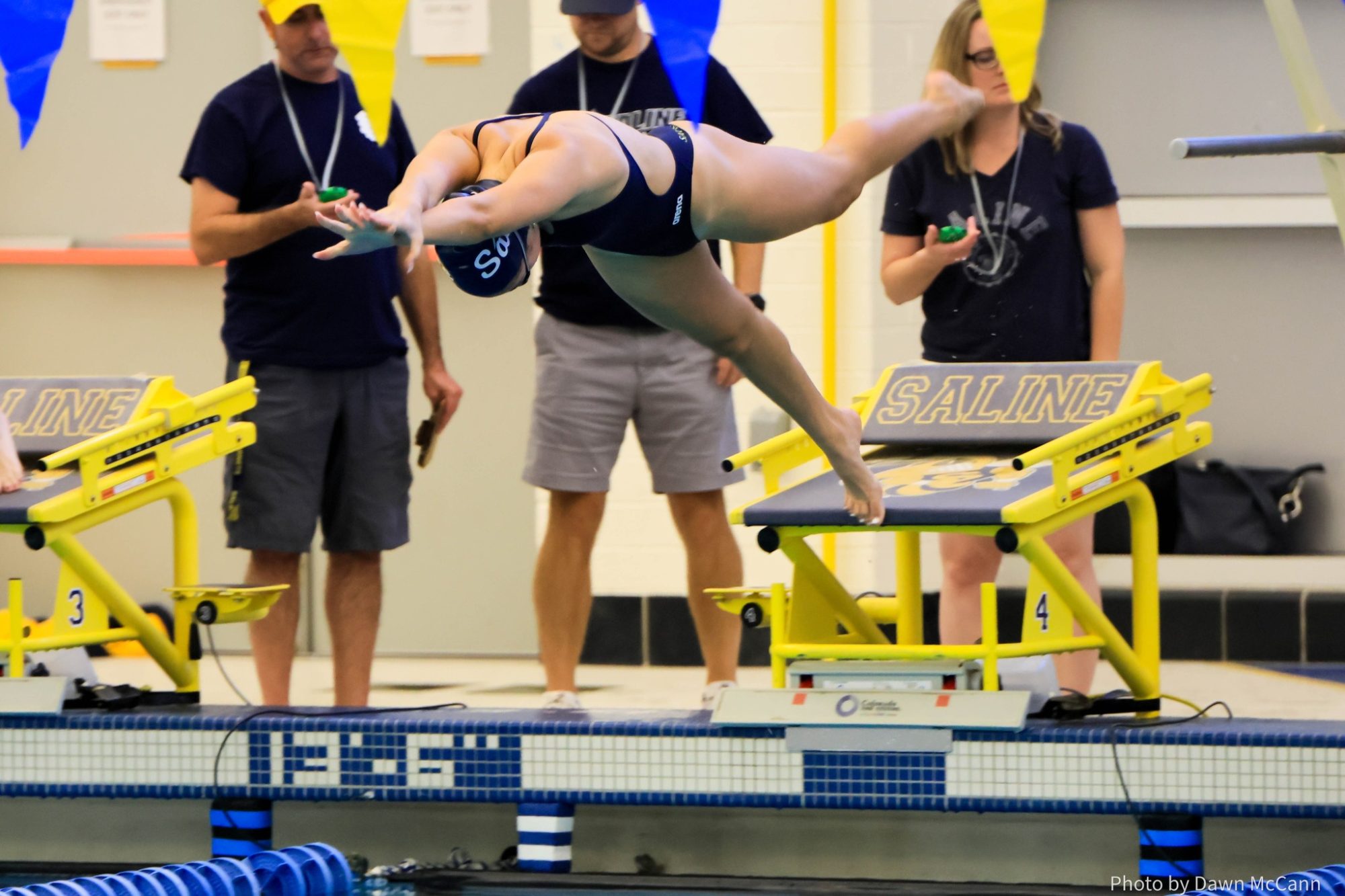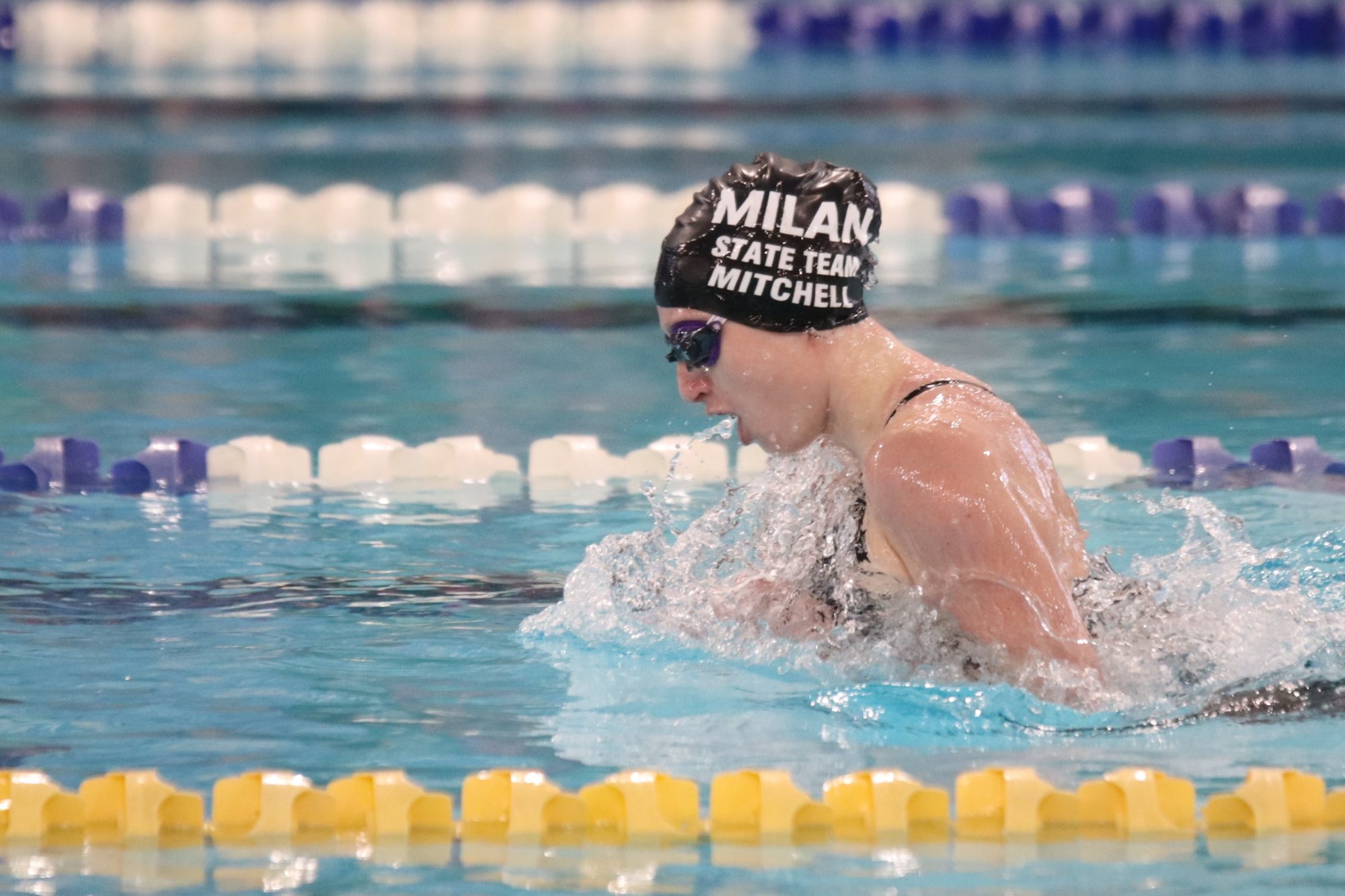Photo: This photo of the Whately, MA, Coronet Band offers an example of what a late 19th-century cornet band looked like. These all-brass wind ensembles were a popular feature of American and British community life, performing at public events and gatherings. Before the age of recorded music, cornet bands like this one were a primary source of local entertainment and civic pride. Creative Commons.
By Janet Ogle-Mater, Chelsea Area Historical Society
The Chelsea area has a long history of cultivating and supporting performing arts. Like artists today, musicians of bygone eras banded together to perform for their neighbors. Two of Chelsea’s oldest bands were started in 1878.
E. E. Shaver and Charles Steinbach formed the Excelsior Cornet Band in Chelsea. Cornet bands were a popular form of musical entertainment well into the 20th century. The ten musicians met at Shaver’s photography studio on Main Street and Steinbach’s harness shop on W. Middle Street to practice. They were active in Chelsea for three decades.
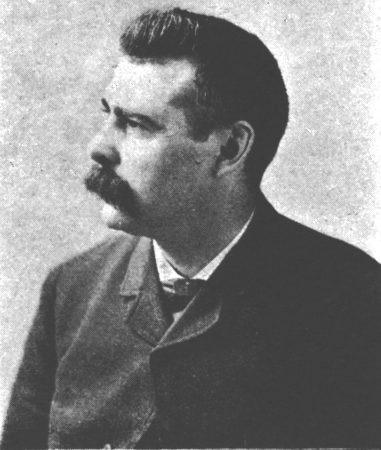
The Waterloo Band may be the longest-running band in the Chelsea area. Also formed in 1878, Aaron Snyder was the director and there were 14 original members. By 1933, the 25-piece band was led by E. J. Notten of Chelsea and regularly performed at special events, the Chelsea Fair, and Memorial Day parades. During WWII, the band ceased to perform but was reorganized in 1947 by Will Parks of Munith. He led the group until his death c. 1977, and after nearly a century of entertainment, the Waterloo Band dissolved.
Other local bands from the era included the Chelsea Band, which was founded by Wesley Smith in the early 20th century, and the Hollier Concert Band, which was founded circa 1915 by Fred Lewis of Lewis Spring & Axle Company. Both bands conducted local concerts for nearly two decades. The Ward’s Fife & Drum Corps, which included E. A. Ward and J. L. Burg on fifes; George Ward and Dr. H. M. Armour on snare drums; and M. A. Shaver on the base drum, was also popular during the first part of the 20th century.
The Chelsea Band had a regular gig of performing on the flagpole stage on Saturday nights when the farmers and their families came to town to shop. The flagpole was in the middle of the Main and Middle Street intersection between 1917-1935. Bands and orchestras often played on the makeshift stage in front of it during the fairer weather seasons. It was typical entertainment on weekends, much like Sounds & Sights on Thursday Nights is today.
Musical performances were also held on the stage at the Sylvan Town Hall on W. Middle Street, where many concerts, dances, and community celebrations took place. Halls of fraternal organizations, like the Knights of the Maccabee, were also frequented by local concert bands.
To learn more about Chelsea’s early concert and high school bands and to see vintage uniforms while on exhibit, visit the Chelsea Area Historical Museum on Saturdays from 12-3 pm and during Sights and Sounds on Thursday Nights.
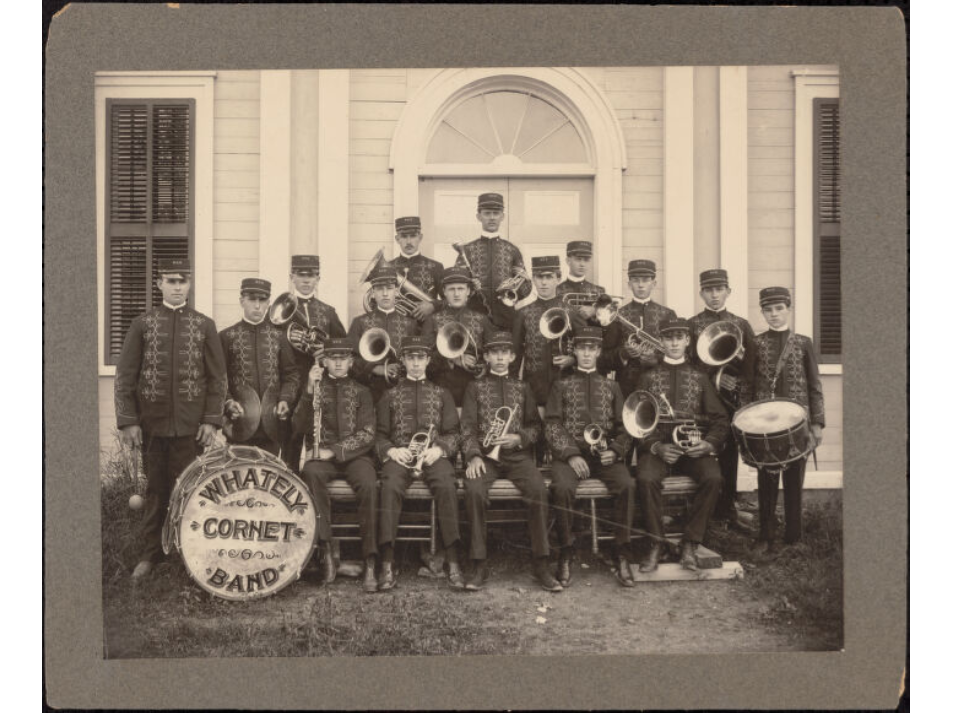


 8123 Main St Suite 200 Dexter, MI 48130
8123 Main St Suite 200 Dexter, MI 48130
